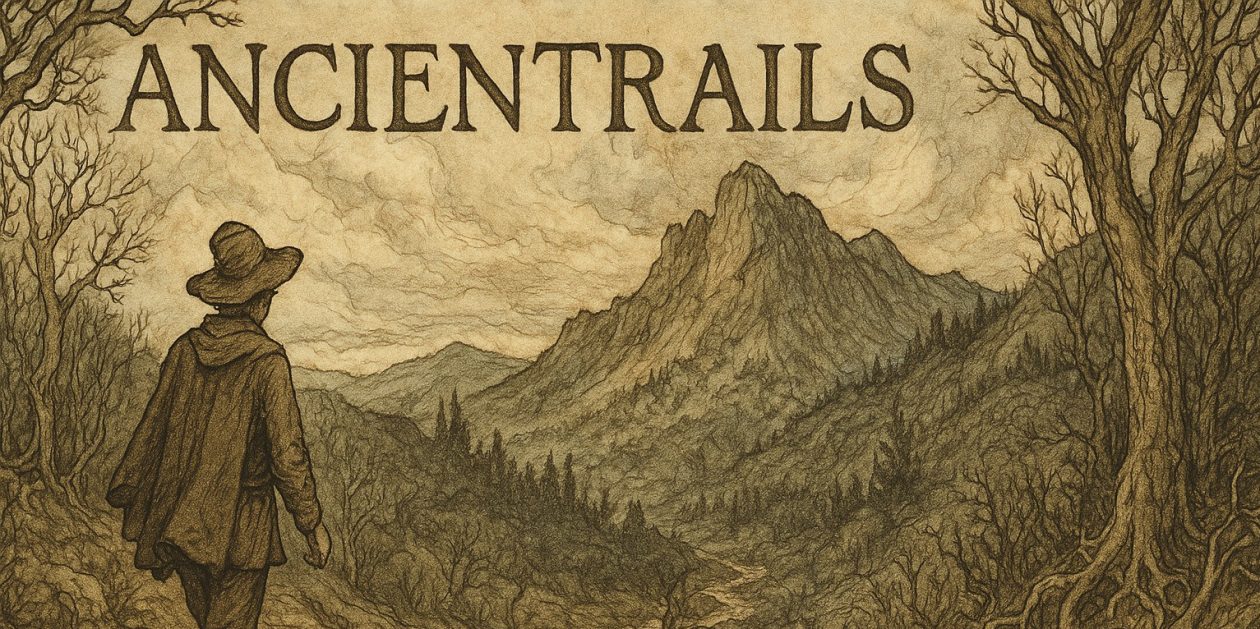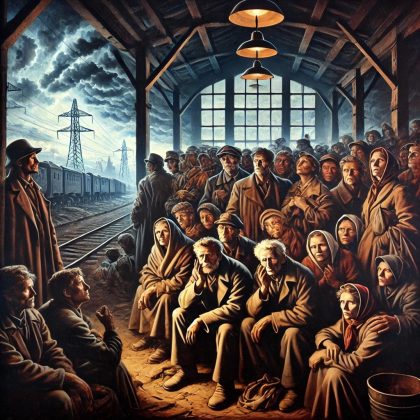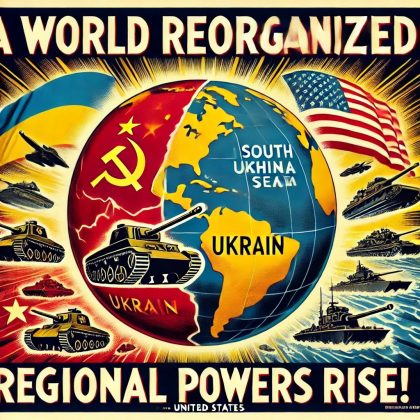Spring and the Wu Wei Moon
Wednesday gratefuls: Shirley Waste. Amy. Ritalin. Gabe and the Water Grill. Aspen Perks. Conoco. Sinclair. Ruby. 4.20. Shadow, fair warning. Sleeping hard. The tiger. Still squeaking. Not for long. Dr. Shadow at work. Mark and his students. Mary and the Monkeys. My son and his wife, anniversary #9 tomorrow. Ruth in her last month of her freshmen year. Taking out the trash. Wish someone would do it on Pennsylvania Ave. Looking like NYC in the 80’s.
Sparks of Joy and Awe: Mark Twain, The Diaries of Adam and Eve
Week Kavannah: Wu Wei
One brief shining: Those Mormon missionaries came by and we talked at my breakfast table, their earnest smiling faces, their convinced sincerity, their modest honesty, and my heart ached for their young minds already captured and tied like a Calf in a Utah rodeo.

They came inside. I was curious about them. Wanted to know a bit more. So I asked. They pay $400 a month into a pot for all those out on mission. Then they get funds from the mothership for lodging and food, transportation. Elijah’s parents paid. The other, younger looking guy, said he paid his own way.
They go out for two years. Seems like a long time to me. Elijah was from Irvine, California. The other from Utah. They’re living in a cabin in Aspen Park.
Elijah had the extroverts ease. He loved my house, my art. The other guy, quiet, had an air of slight menace about him, the menace of the true believer, ready to throw down if disrespected. Fair enough. He did though answer this to my question about why they believed, “I suppose because I was raised in it.”

The book of Mormon settles disputed territory (as understood by Mormons) in the restored church of the LDS, latter day saints. Baptism is a for instance.
At age 8 you become accountable. That’s when you can sin and it’s the earliest you can be baptized. Roman Catholics believe you can baptize by sprinkling an infant; Baptists believe in full immersion. The Book of Mormon endorses full immersion thereby resolving the issue.
There was a moment of weird crossover with the New Apostolic Reformation. Remember them? Mormons have had 12 apostles and one prophet since the time of Joseph Smith. When an apostle or prophet dies, the remaining men (yes, men) choose their successor.
This is significant since only the apostles and the prophet can receive revelations for the whole church. Individuals can, and do, receive revelation for their own lives, but only the top dogs can speak to the whole.
An interesting half hour. I admired their commitment and their persistence. Told them that. But, I also said, not for me.
Just a moment: Tariffic Trump. A beautiful plan he says. From a not so beautiful mind, a downright immoral narcissist. Reminds me a bit of the quieter one of the Mormon missionaries. The menace of the true believer.
I know. If you agree, I like you. If you don’t, I not only don’t like you, but I’ll punish you.








